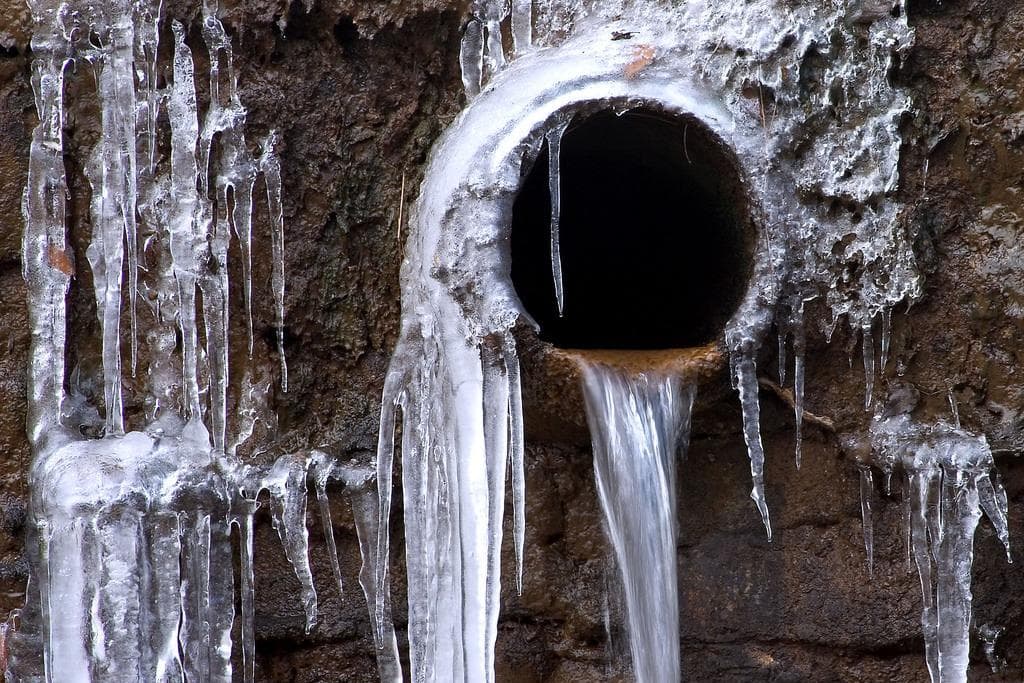Avoiding Frozen Plumbing in Winter: Key Tips
Avoiding Frozen Plumbing in Winter: Key Tips
Blog Article
The content following next about Prevent Frozen Pipes is seriously interesting. Give it a try and draw your own findings.

Cold weather can wreak havoc on your pipes, specifically by freezing pipes. Here's just how to prevent it from taking place and what to do if it does.
Introduction
As temperature levels drop, the risk of frozen pipes boosts, possibly bring about pricey repairs and water damage. Understanding how to prevent frozen pipelines is crucial for homeowners in cool environments.
Recognizing Frozen Pipes
What causes pipelines to freeze?
Pipes ice up when subjected to temperatures below 32 ° F (0 ° C) for expanded periods. As water inside the pipelines ices up, it expands, taxing the pipe wall surfaces and potentially creating them to rupture.
Risks and problems
Icy pipes can cause supply of water interruptions, home damages, and expensive fixings. Ruptured pipelines can flooding homes and create considerable architectural damage.
Signs of Frozen Piping
Determining frozen pipelines early can prevent them from breaking.
Exactly how to recognize frozen pipes
Seek reduced water flow from faucets, unusual odors or noises from pipelines, and visible frost on subjected pipes.
Prevention Tips
Shielding vulnerable pipes
Cover pipelines in insulation sleeves or use warm tape to secure them from freezing temperatures. Focus on pipes in unheated or exterior locations of the home.
Home heating methods
Keep indoor rooms adequately warmed, particularly areas with pipes. Open cabinet doors to permit warm air to flow around pipelines under sinks.
Safeguarding Exterior Plumbing
Yard pipes and outdoor taps
Detach and drain pipes garden pipes prior to winter. Install frost-proof spigots or cover outside faucets with insulated caps.
What to Do If Your Pipes Freeze
Immediate activities to take
If you presume frozen pipes, keep taps open to relieve pressure as the ice melts. Use a hairdryer or towels taken in hot water to thaw pipelines slowly.
Long-Term Solutions
Structural modifications
Think about rerouting pipelines away from outside wall surfaces or unheated areas. Include extra insulation to attics, basements, and crawl spaces.
Updating insulation
Buy premium insulation for pipes, attics, and walls. Proper insulation aids keep regular temperature levels and reduces the threat of icy pipelines.
Final thought
Preventing icy pipelines needs proactive procedures and fast reactions. By recognizing the causes, indicators, and preventive measures, house owners can shield their plumbing during winter.
6 Proven Ways to Prevent Frozen Pipes and Protect Your Home
Disconnect and Drain Garden Hoses
Before winter arrives, start by disconnecting your garden hoses and draining any remaining water. Close the shut-off valves that supply outdoor hose bibs and leave the outdoor faucet open to allow any residual water to drain. For extra protection, consider using faucet covers throughout the colder months. It’s also important to drain water from any sprinkler supply lines following the manufacturer’s directions.
Insulate Exposed Pipes
Insulating your pipes is an effective way to prevent freezing. Pipe insulation is readily available at home improvement stores and is relatively inexpensive. Pay close attention to pipes in unheated areas such as the attic, basement, crawl spaces, or garage. Apply foam insulation generously to create a buffer against the cold. You can also wrap your pipes in heat tape or thermostat-controlled heat cables for added warmth.
Seal Air Leaks
Inspect your home for any cracks or openings that could let in cold air. Seal any holes around the piping in interior or exterior walls, as well as the sill plates where your home rests on its foundation. Additionally, make sure to keep your garage door closed unless you’re entering or exiting. Leaving it open creates a significant air leak that can lead to frozen pipes.
Allow Warm Air Circulation
During cold snaps, it’s essential to allow warm air to circulate evenly throughout your home. Leave interior doors ajar to promote better airflow. Open kitchen and bathroom cabinets to help distribute heat consistently around the rooms. If you have small children or pets, be sure to remove any household chemicals or potentially harmful cleaners from open cabinets for safety.
Let Faucets Drip
A small trickle of water can make a big difference in preventing ice formation inside your pipes. When temperatures drop significantly, start a drip of water from all faucets served by exposed pipes. This continuous flow helps prevent the water from freezing. Additionally, running a few faucets slightly can relieve pressure inside the pipes, reducing the chances of a rupture if the water inside does freeze.
https://choateshvac.com/6-proven-ways-to-prevent-frozen-pipes-and-protect-your-home/

As a keen person who reads on How to Prevent Your Pipes From Freezing, I figured sharing that segment was a good idea. In case you enjoyed reading our page please consider to pass it around. I love reading our article about How To Avoid Freezing Pipes.
Recurring Service Plans Report this page